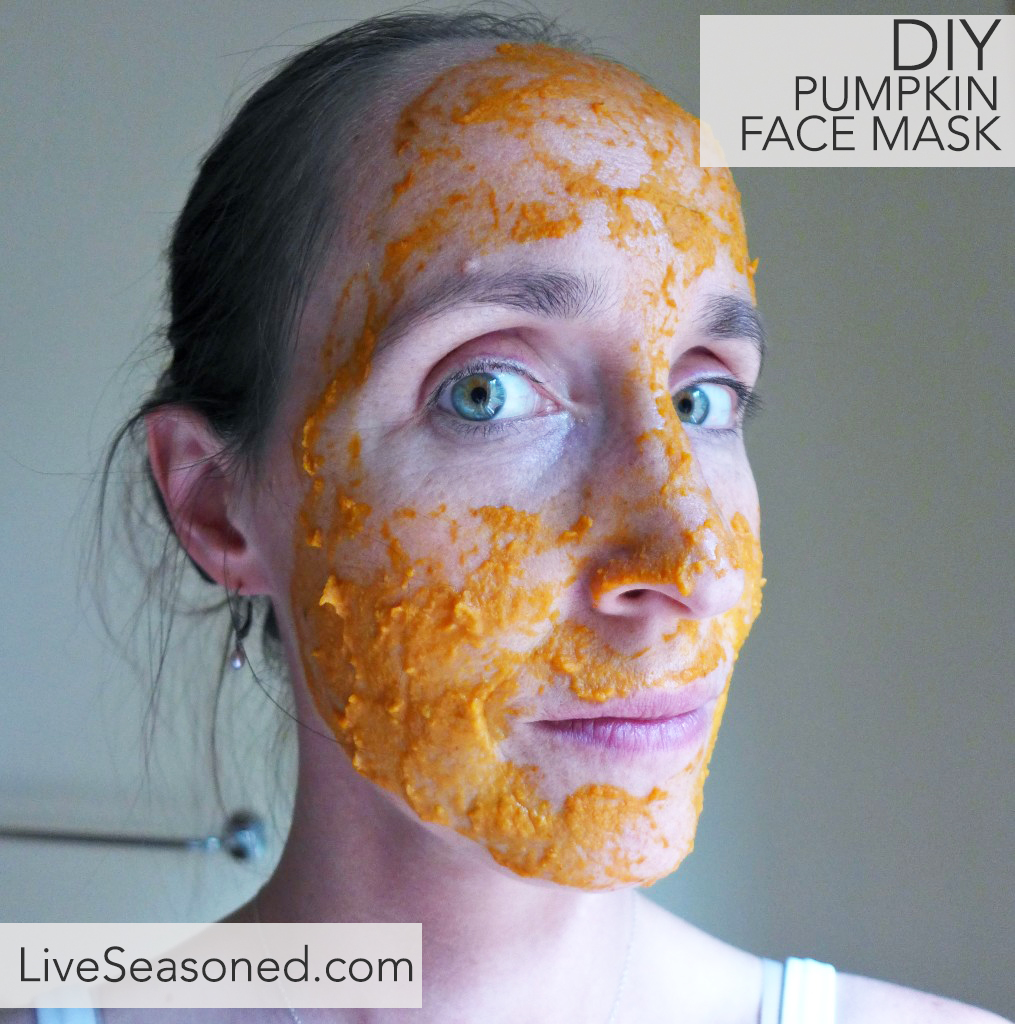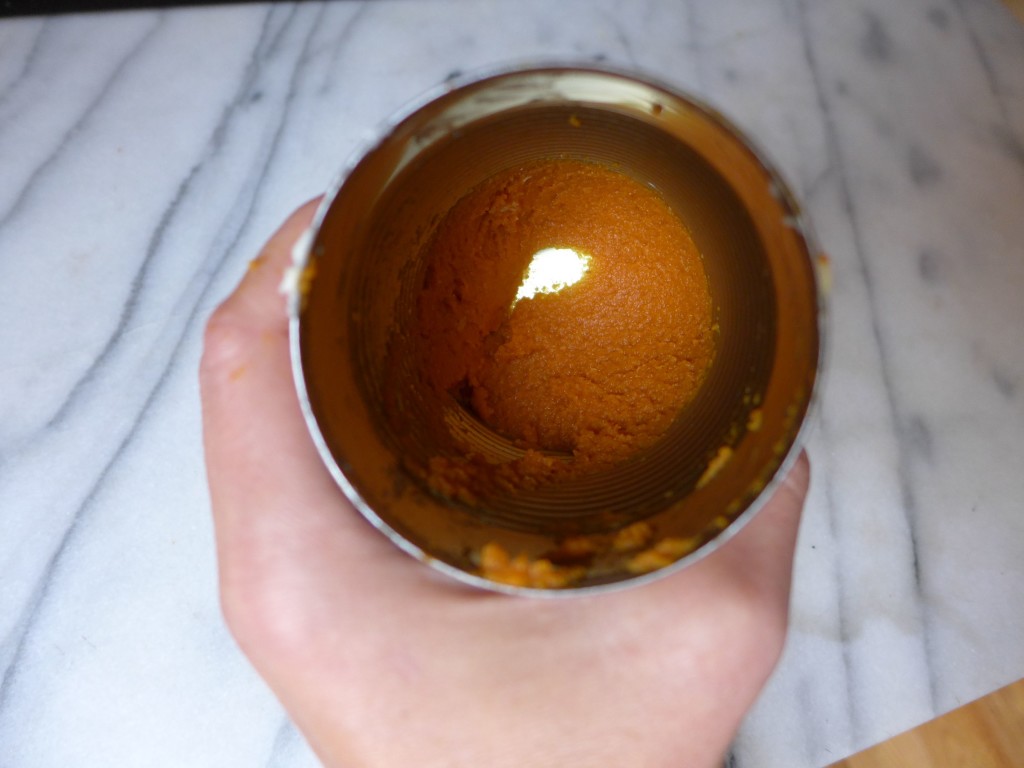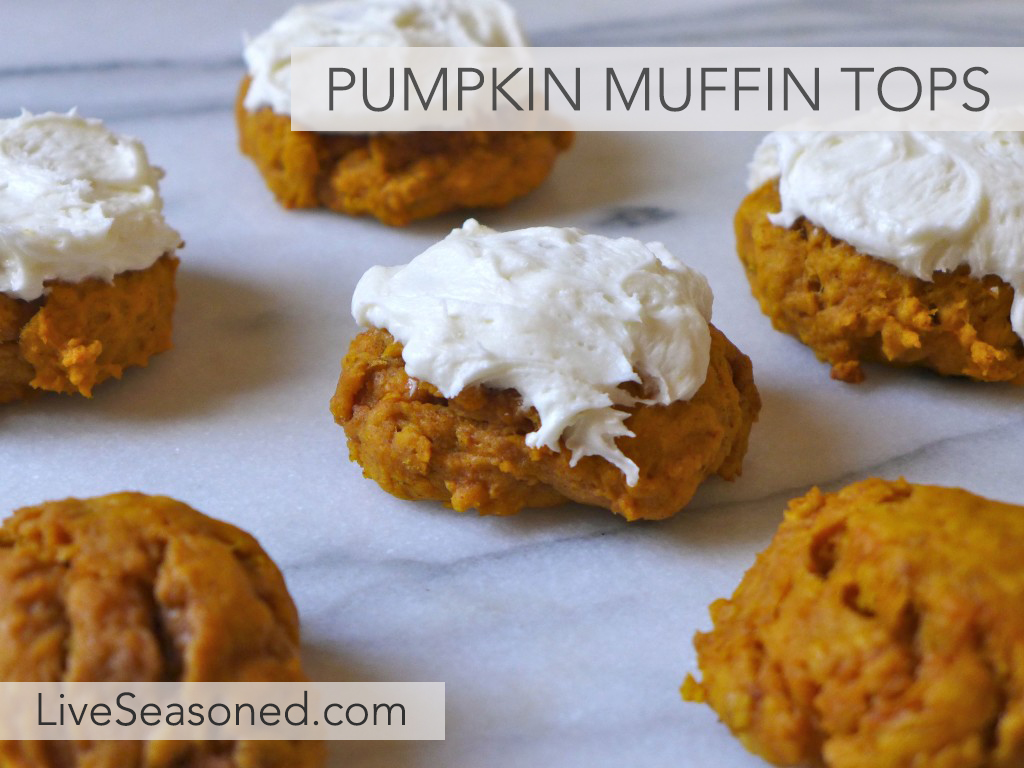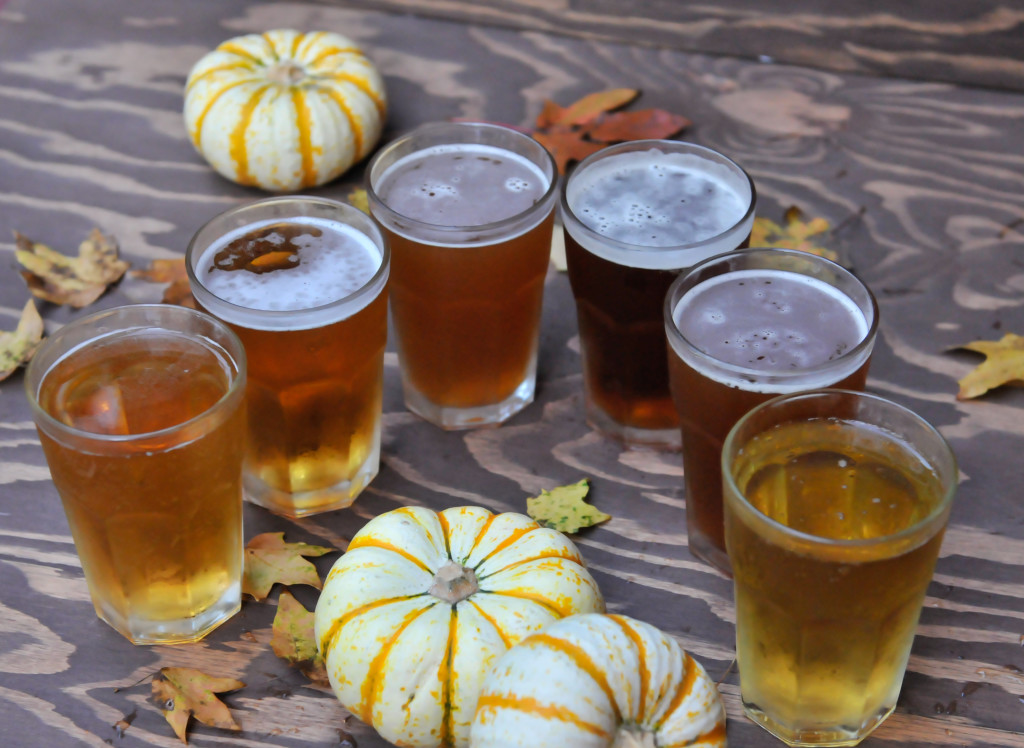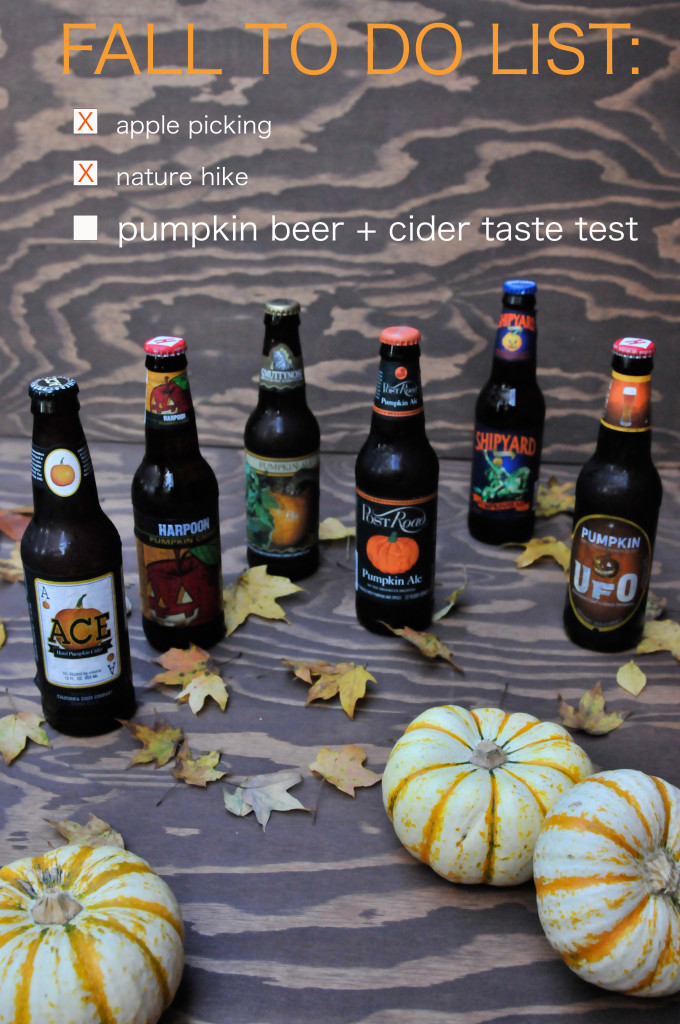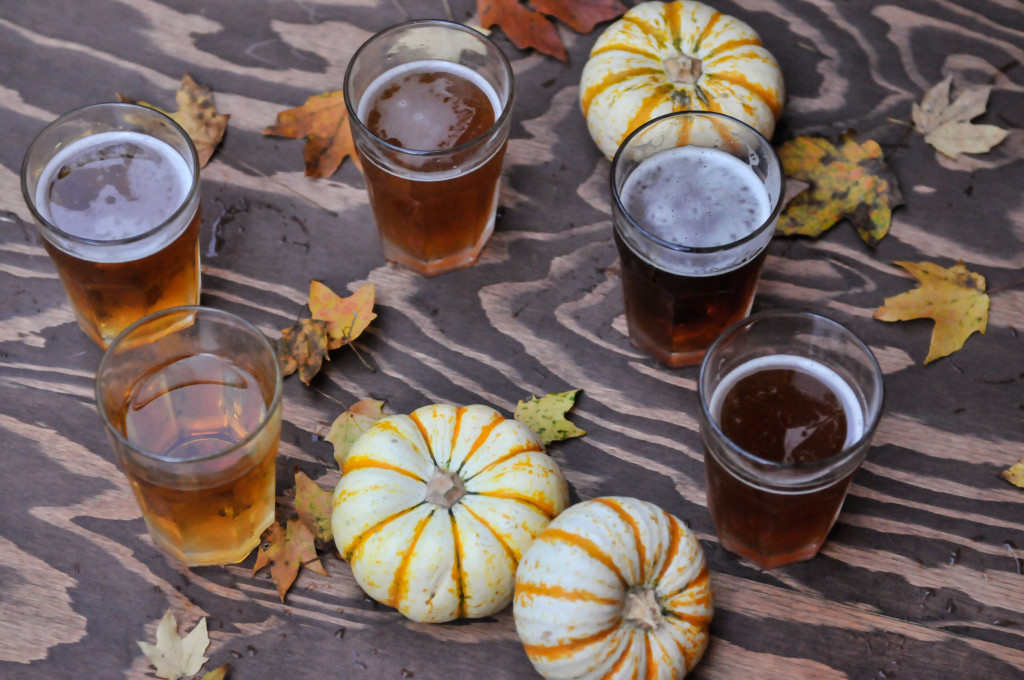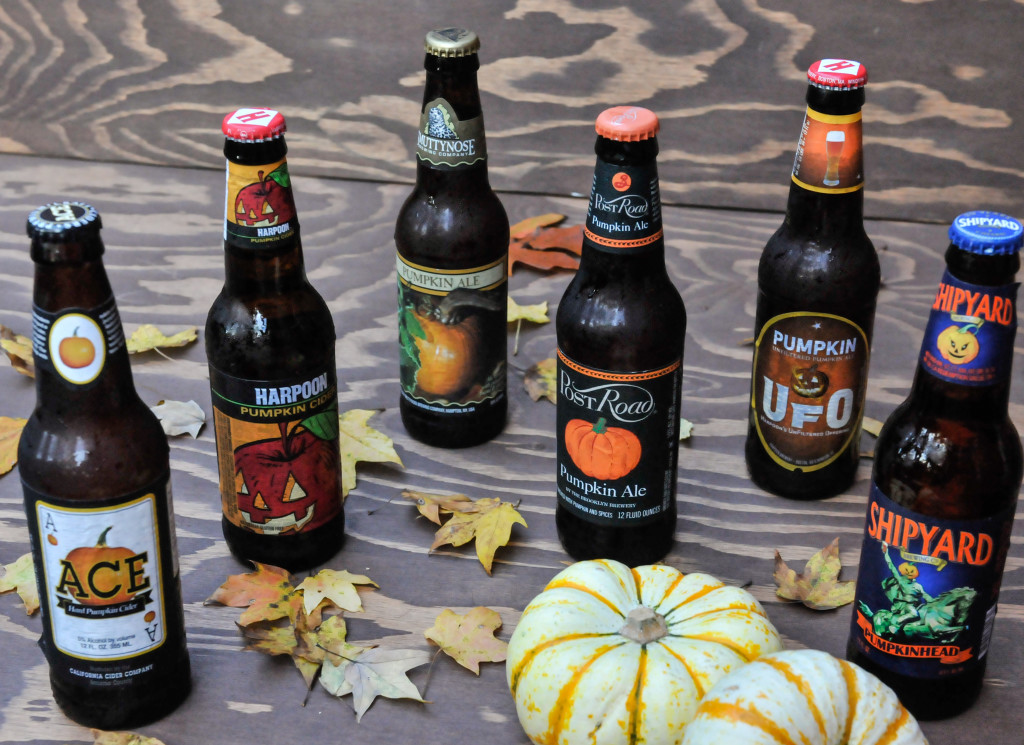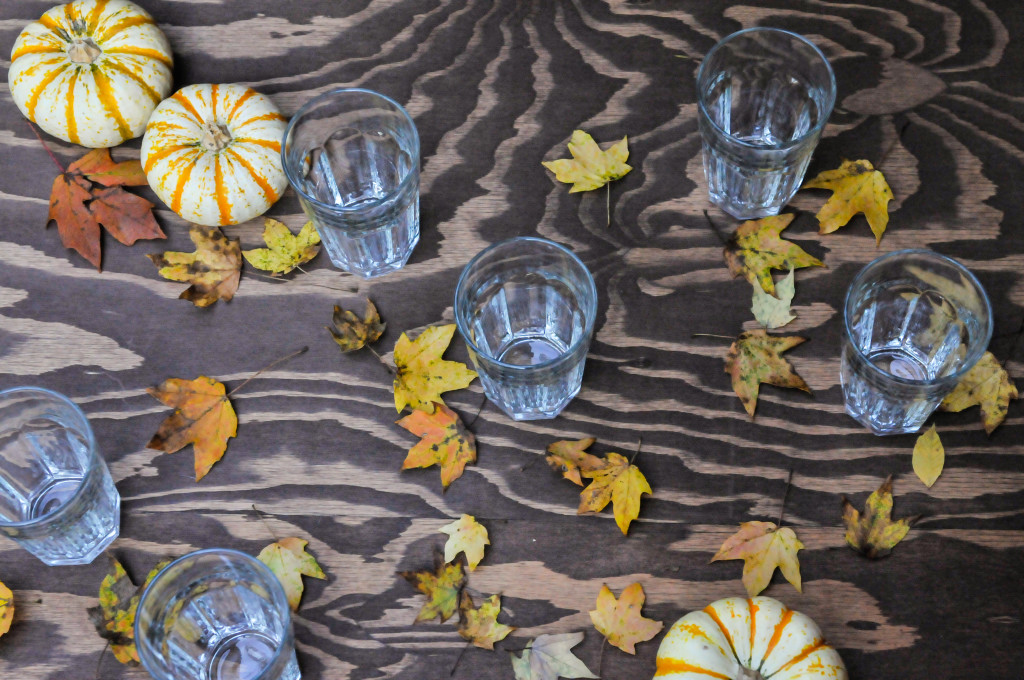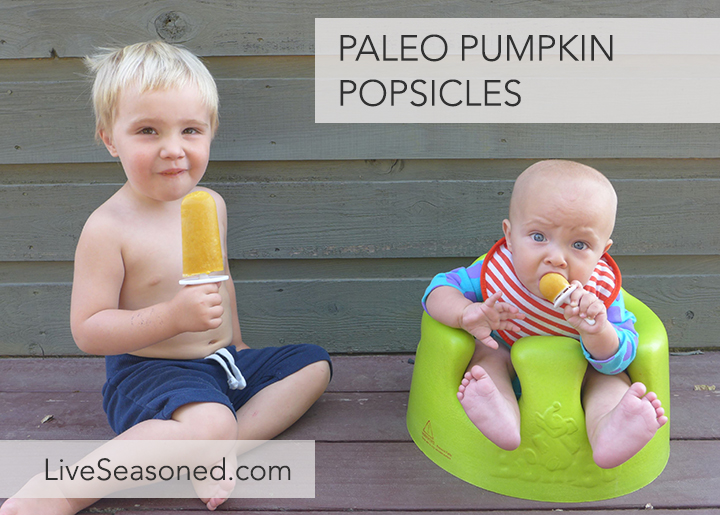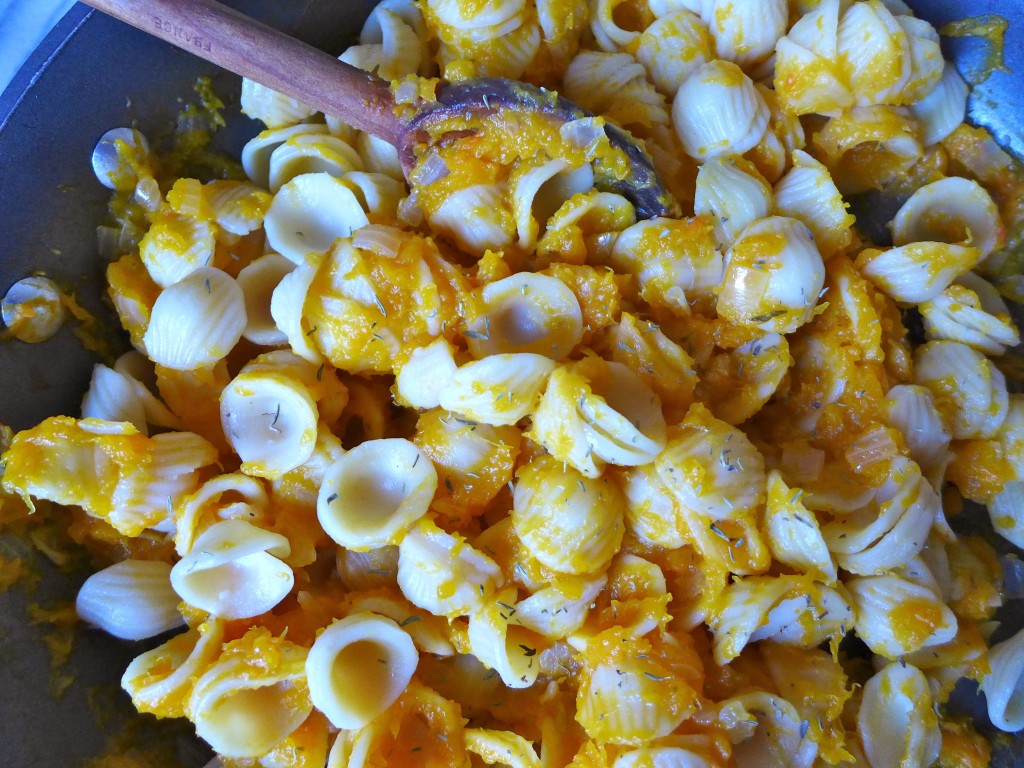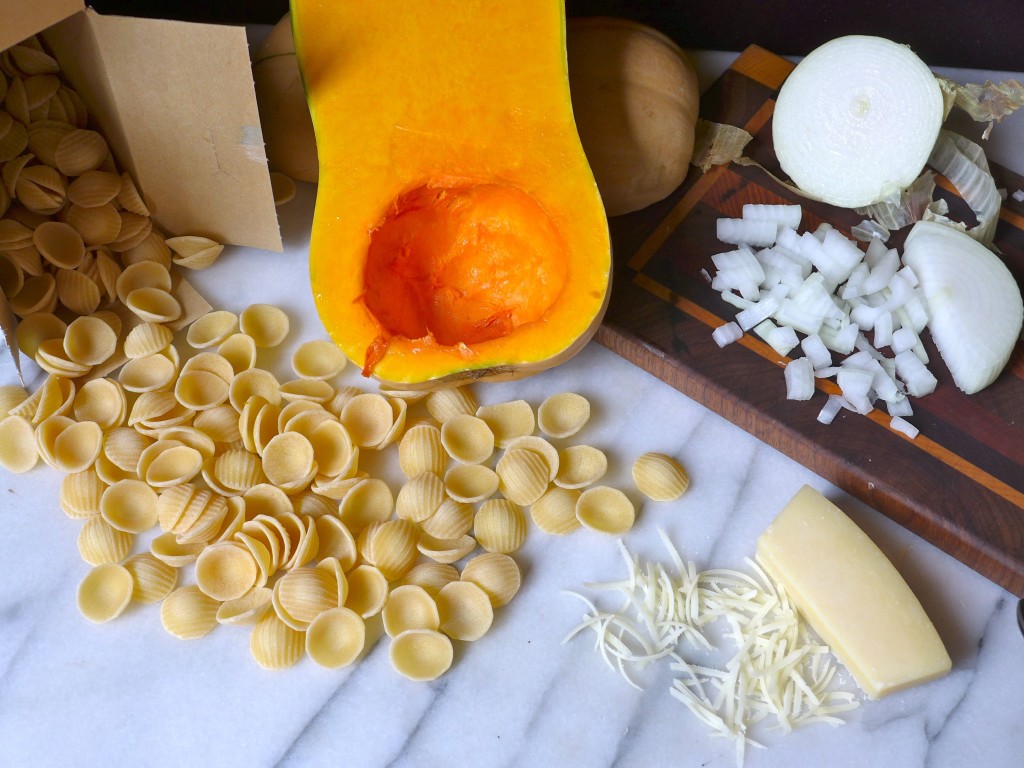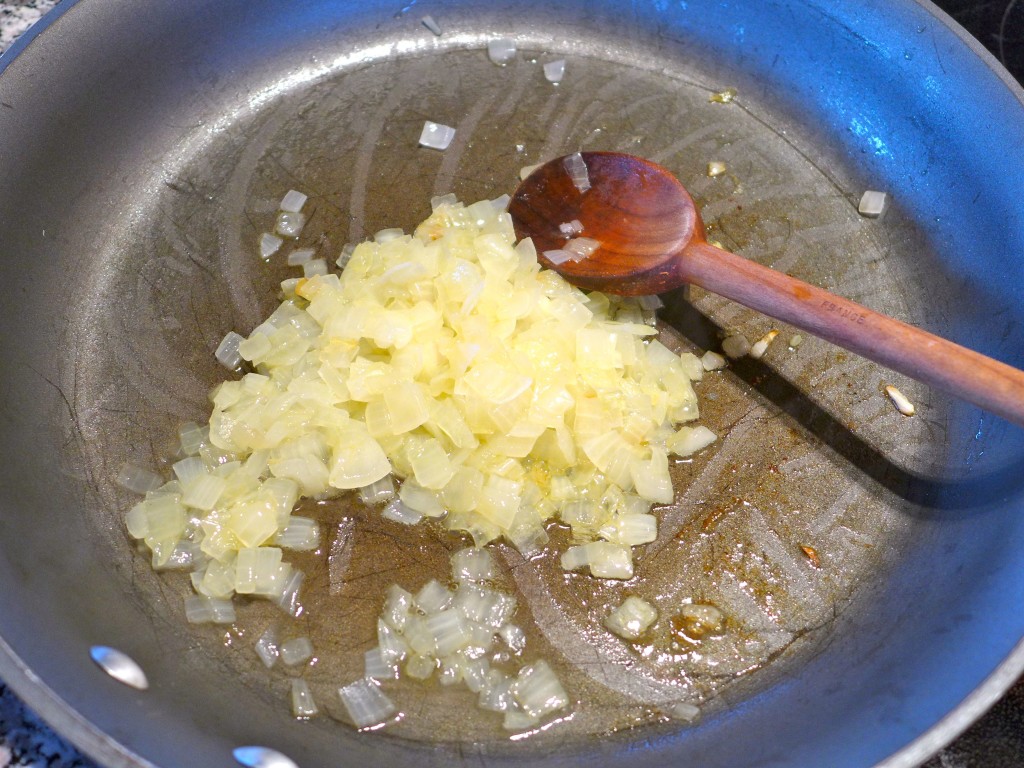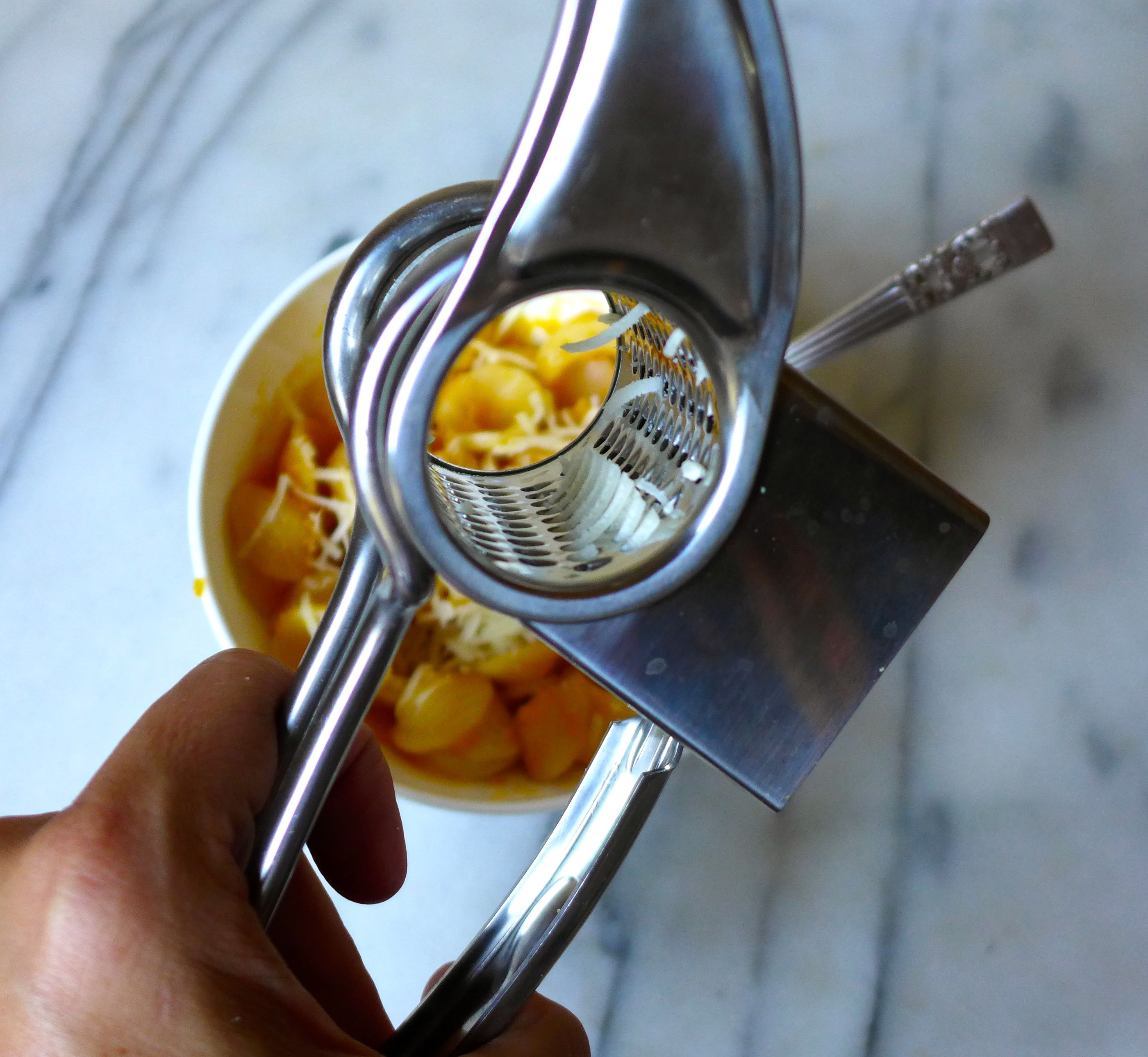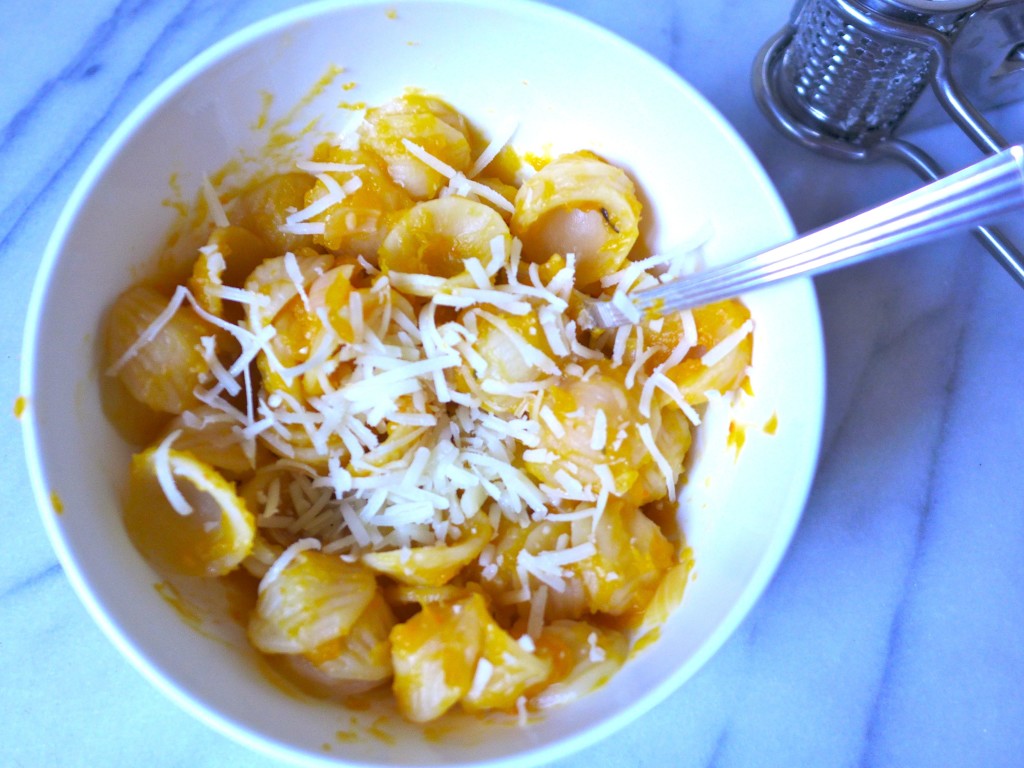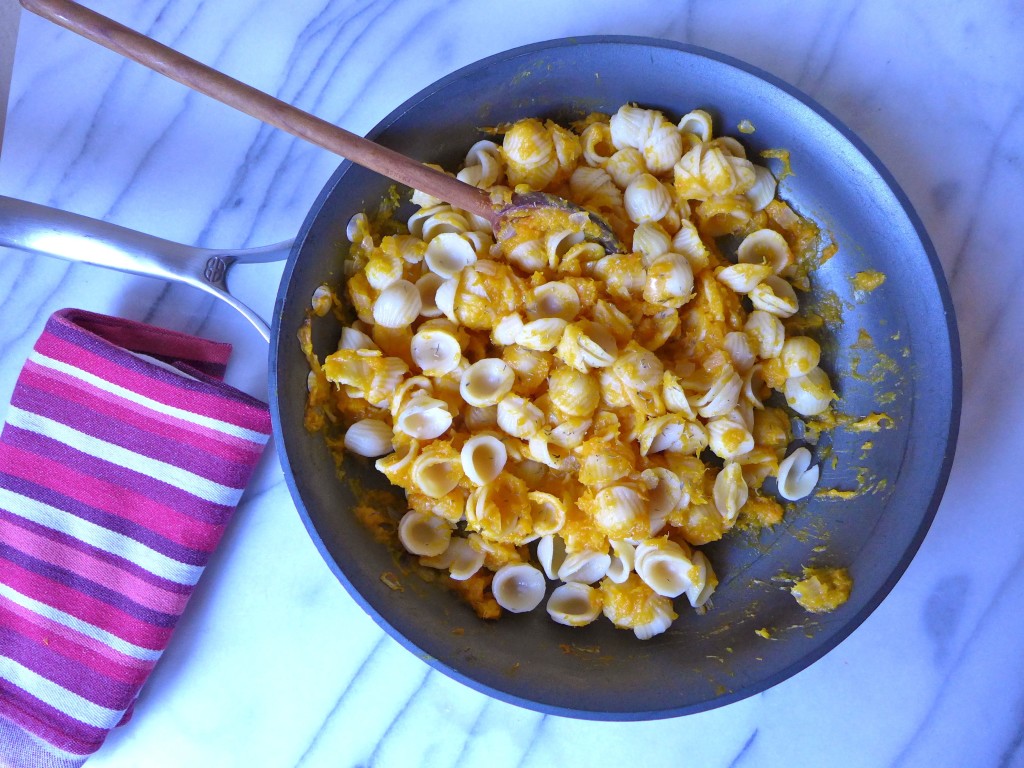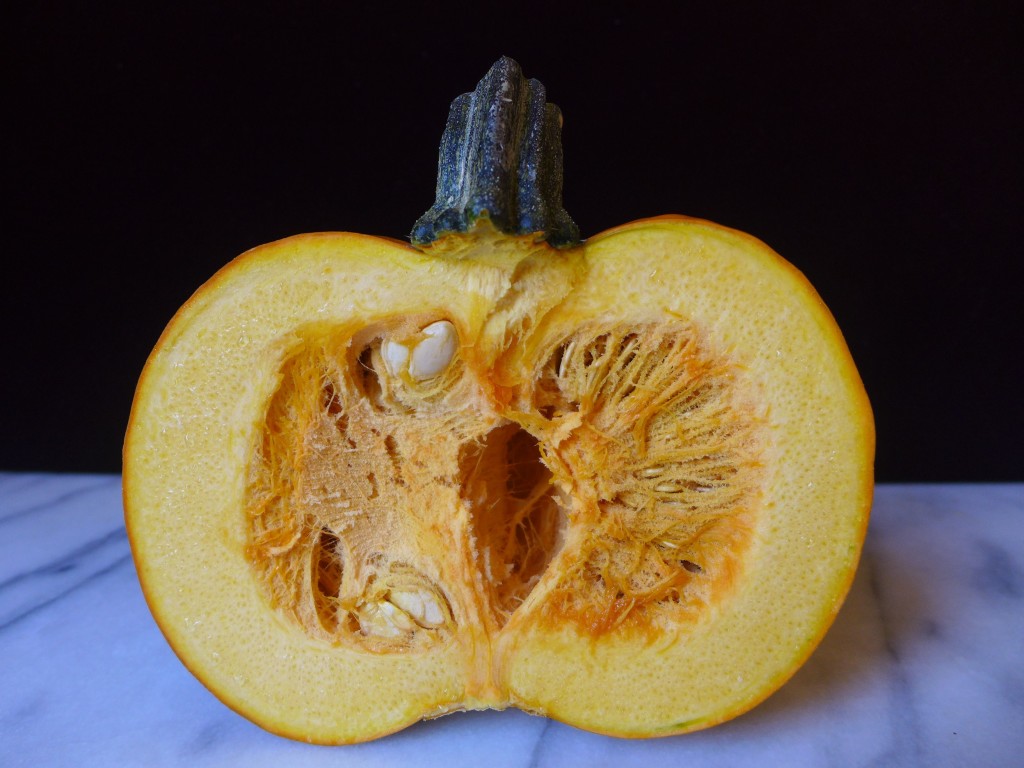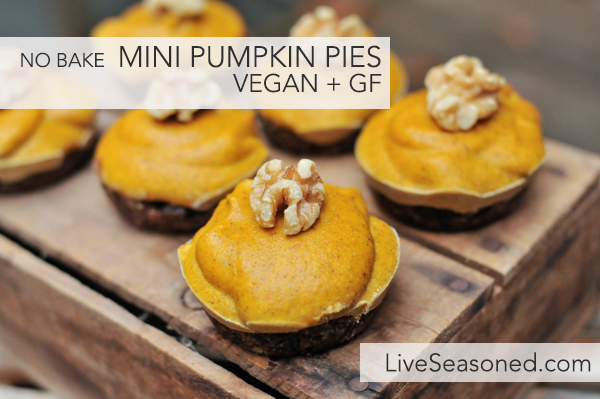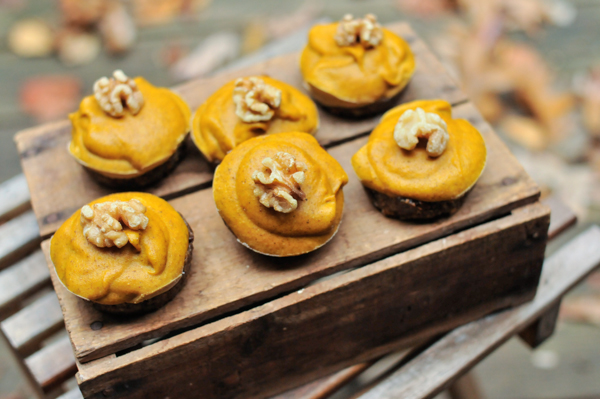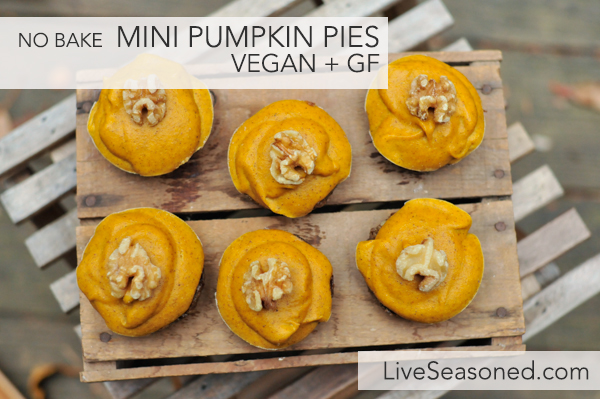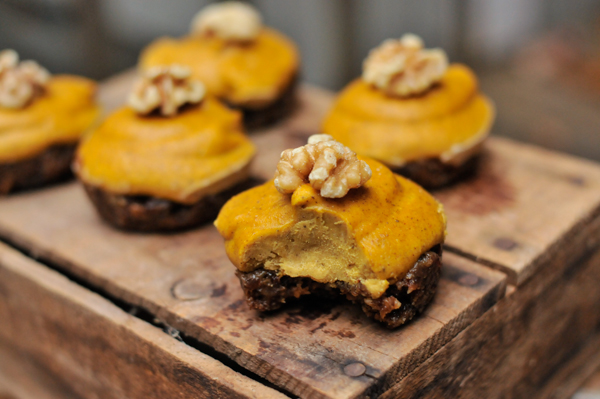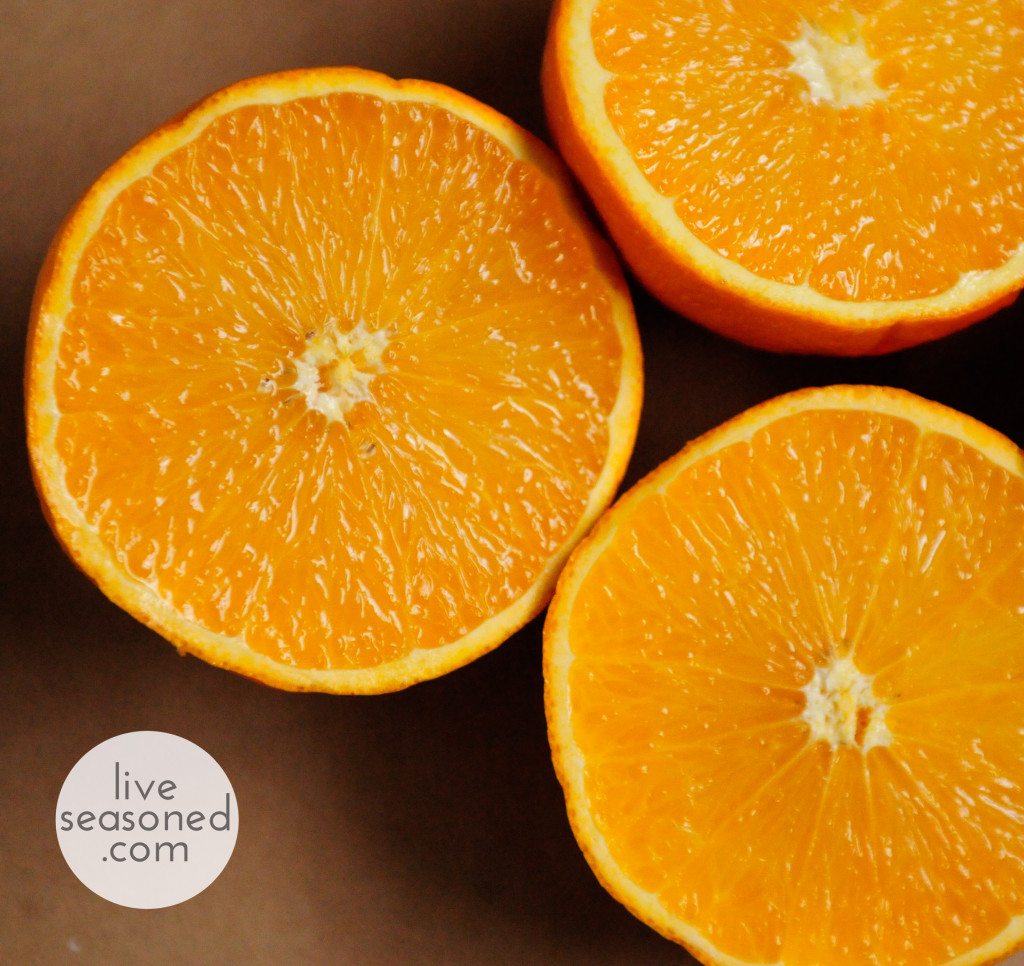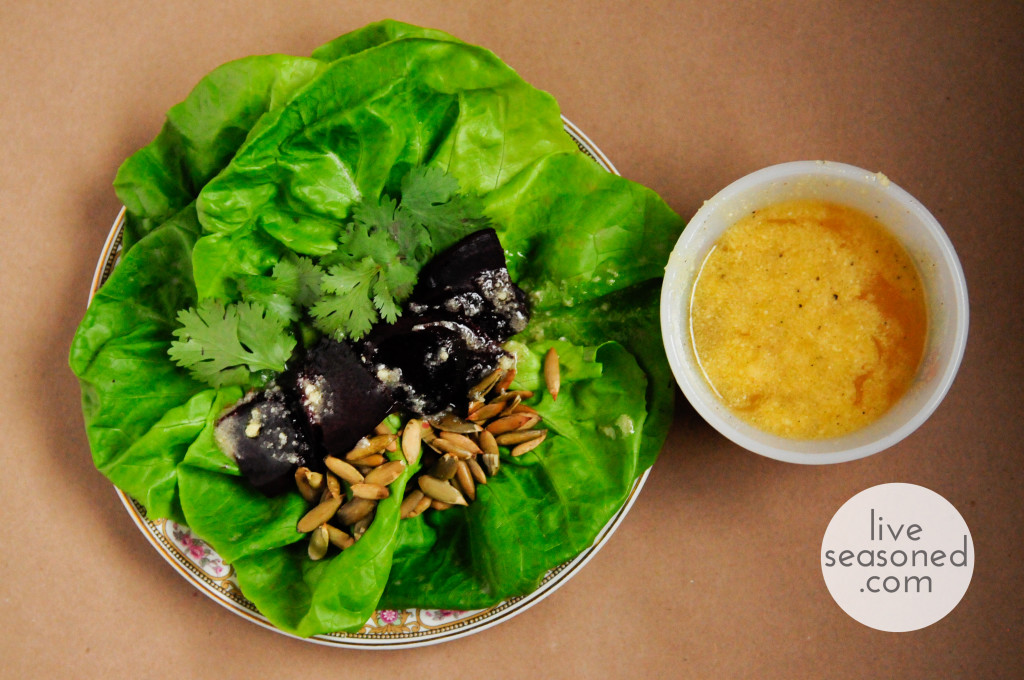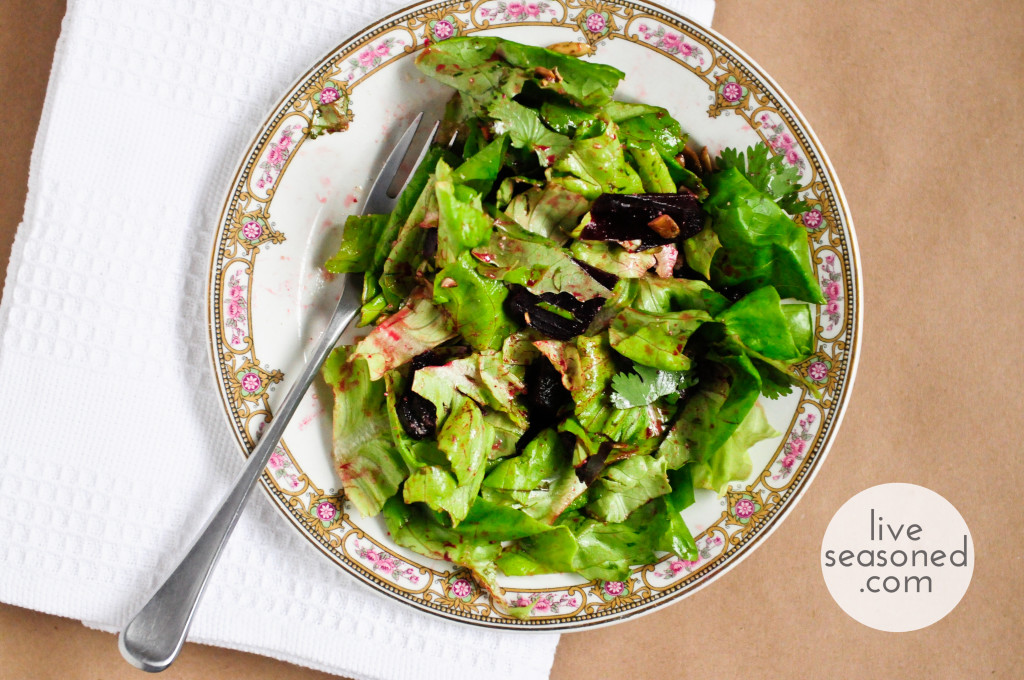Every season we like to pick one ingredient and find a variety of ways to love it and use it. You can find our complete ingredient archive here.
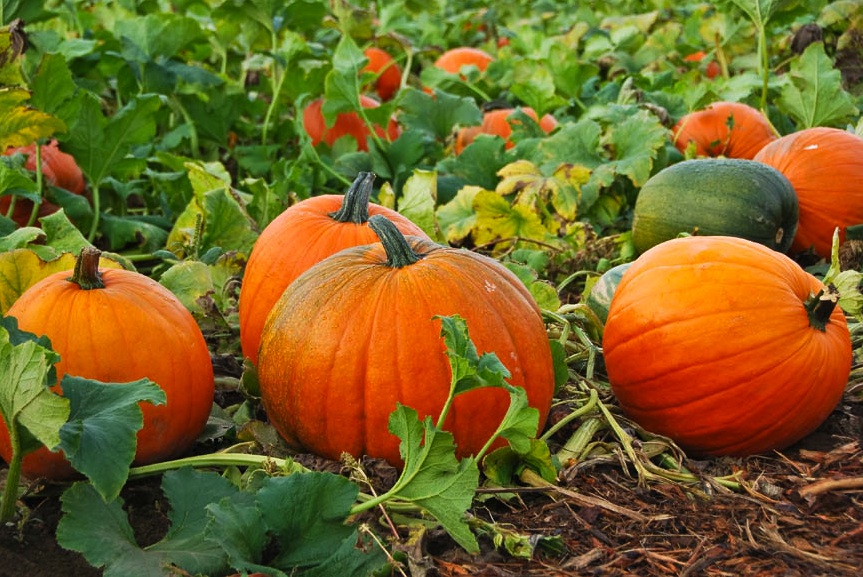
When we think of autumn, our minds wander to all our favorite fall activities. Hayrides, long walks, apple picking, pumpkin carving and of course Halloween. With pumpkins popping up everywhere during the fall and pumpkin spice flavor exploding in popularity, we thought it would be fun to share all the different ways Katie and I use pumpkins. We promise it’s a total coincidence that Starbucks launched it’s pumpkin spice latte today and honestly we have to laugh at the insane ways the food industry is using pumpkin spice flavoring these days. This autumn you can expect to see some delicious pumpkin recipes, hold the cinnamon and nutmeg though, we’re talking breads, curries, soups and other spicy and savory dishes, okay and maybe a pie or two. Before we head straight down pumpkin street, let’s talk cucurbits.
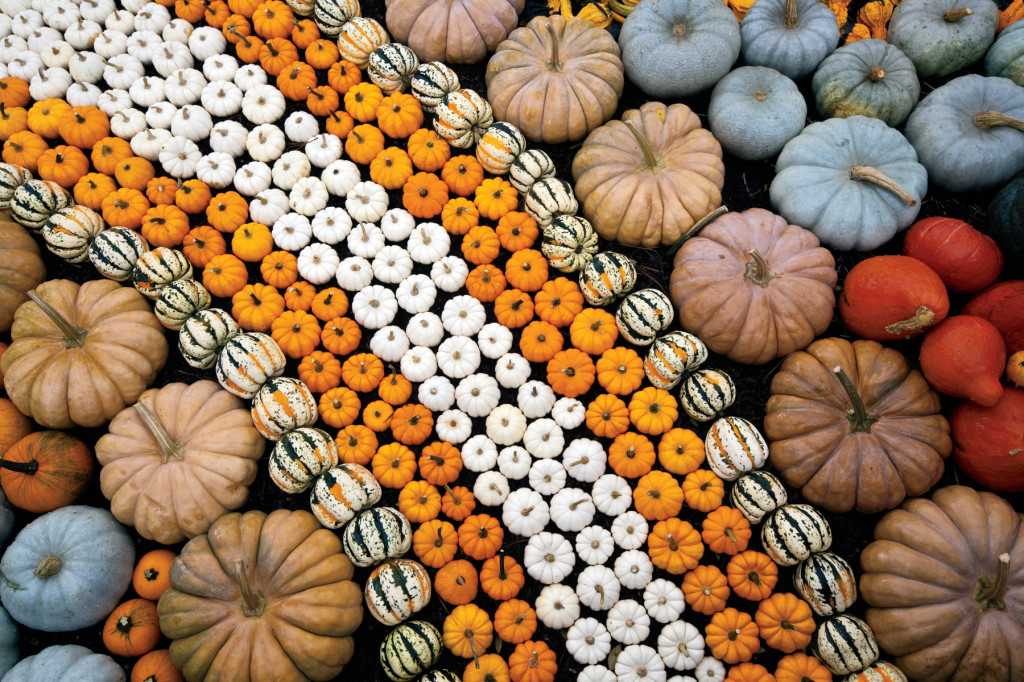
History
Cucu who? Pumpkins are a member of the cucurbit or gourd family. Most cucurbits grow on vines and are believed to be native to the Andes and Mesoamerica. Pumpkin seeds dating back to 7000-5500 bc were found in Mexico. Pumpkins were first cultivated in America before being brought to Europe by early settlers and they remain an important source of food, livestock feed and oils around the world today. Pumpkins of our ancestors didn’t look like the common big, round and orange varieties of today, but more like long necked squash.
Native Americans utilized pumpkins for food and materials, roasting them over fires and drying long strips to weave into mats. Pumpkins, along with beans and corn are commonly referred to as the three sisters because of the planting style of Native Americans. The first pumpkin pie came about when settlers cut off the top of a pumpkin, removed the seeds and added some spices, milk, and honey and baked it over hot coals.
The word pumpkin originates from the Greek word pepon meaning large melon. The French nasalized pepon transforming it into pompon. The English morphed pompon to pumpion and American colonists changed it to pumpkin.
Today China leads the world in pumpkin production with India, Russia, U.S.A. and Egypt falling in behind. In the United Sates, Illinois, Indiana, Ohio, Pennsylvania and California are the top pumpkin growers with Illinois producing far more than any other state. Around 1.5 billion pounds of pumpkins are grown on 75,000 acres annually in the United States and that number is growing. Most pumpkins are processed into canned pumpkin.
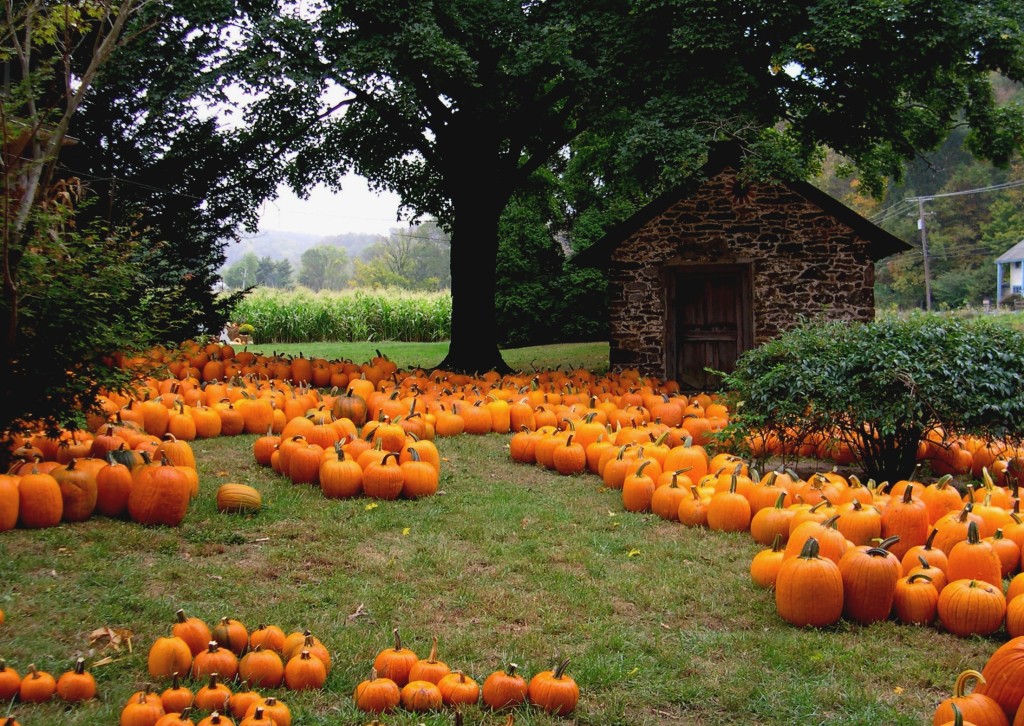
Biology
As you know, pumpkins are not just big, round and orange. Pumpkins come in all shapes and sizes although you may have thought they were other kinds of squash. There are green, yellow, red, white, blue and even striped pumpkins. If you’ve ever visited a pumpkin patch, you’ve likely seen big, small, round, tall, flat, smooth, ribbed and warty varieties. While some pumpkins are excellent for culinary uses, others are best left for decoration.
There are four main species of pumpkins that we eat: Pepo, Maxima, Moschata, and Mixta. Traditionally, carving pumpkins and baking pumpkins are of the Pepo species. When you think of Pepos, think deep, bright orange with a hard woody stem. Maximas on the other hand have a spongy, cork-like stem and can grow to be very large just like Pepos. Maximas keep fairly well, while Moschatas keep extremely well. Moschata stems are smooth with deep ridges and they usually have orange skin. Moschatas are sweet and work well in most recipes. Mixtas are usually cream colored or pale yellow. Mixtas aren’t as sweet as Moschatas and Maximas and thus are usually baked with maple syrup or brown sugar to compliment their flavor. While there are only four main species of pumpkins, there are over thirty (and that’s being conservative) varieties of pumpkins! Side note: the guest house I’m staying at in Nepal is called Harvest Moon and guess what? That’s a common pumpkin variety!

Upon flowering, pumpkin vines initially produce only male flowers, but eventually grow both male and female flowers and are completely dependent on bee pollination for proper fruit production. Similar to day lilies, the vine’s flowers only last for one day. If the female flowers aren’t properly pollinated, they’ll begin growing, but usually stop within a few days. Upon proper pollination, the ovary will grow rapidly and after a few weeks the fruit will mature. Most plants tend to grow faster at night than during the day, and the same is true for pumpkins. This video shows the dramatic difference in growth during the day and night of one pumpkin, check it out! While we may tend to associate pumpkins with vegetables, we al know they’re technically fruits because of the seeds, oh those glorious seeds.
There is actually a bee known as the eastern cucurbit bee that is common wherever cucurbits grow. These bees, Peponapis pruinosa, are found throughout northern Mexico and most of the continental United States. These pollinators specialize in squash, pumpkins and other cucurbits and have a competitive advantage over honey bees. The eastern cucurbit bees begin collecting pollen earlier in the day and are slightly larger and faster. Curiously enough, most pumpkin growers are unaware that these bees exist and have an advantage over the honey bees that farmers rent annually to pollinate their crops!
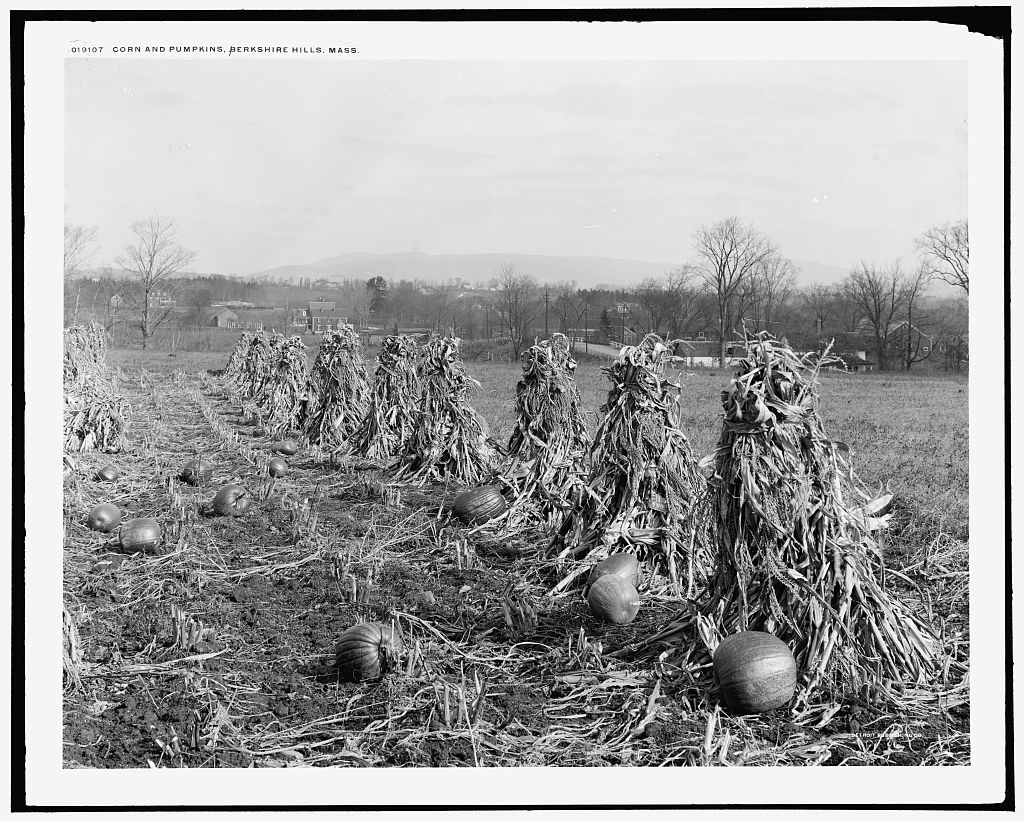
Uses
Unfortunately in the United States, it seems like the only uses are carving and canned pumpkin, but we’re about to change that, right? Most of the world tends to eat their pumpkins and we can’t blame them. We’re excited to test out and share some ideas for main dishes, deserts and pumpkin seed snacks with you. Katie is a pro when it comes to making apple butter so we can only hope (hint hint) that she tries her hand at pumpkin butter. We may even try to make a pumpkin stock with the guts, who knows it’s a new season, things could get interesting! We’ll also take full advantage of some pumpkin products and bring you a few new fall cocktails.
Beyond the kitchen, pumpkins can be turned into useful decorations like bowls and utensils. Have you ever seen an African Calabash? They’re beautiful! I can guarantee we will not reach that level of mastery this season, but we’ll definitely carve, paint and otherwise decorate some pumpkins. Pumpkins are also a hit in the beauty department. With a little more research, we may be ready to try our hand at pumpkin face masks, exfoliants and body butters.
As Americans, we must admit we love a good jack-o-lantern and a nice display of pumpkins next to our haybale, I mean, who doesn’t? When those pumpkins are past their prime though we make certain to throw them into the woods where wild creatures can munch on them or on the compost pile where they’ll help enrich the soil. Birds are fond of the seeds too and if you live in the city, zoos often collect old pumpkins to feed to their critters! If you have a surplus of pumpkins, they truly do make great animal feed. Apparently feeding pumpkin to chickens in the cooler months will help stimulate and prolong egg production, if we had a roost we would totally try this out. If you do, let us know if you witness a difference.
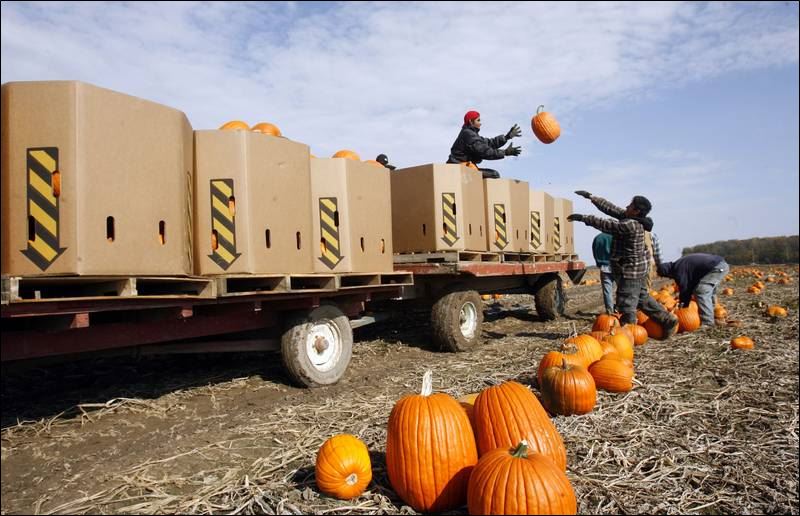
Nutrition
The bottom line? Pumpkins will keep you feeling full while also providing some essential vitamins and nutrients. Pumpkins have three grams of fiber per cup, which is one of the reasons they fill you up and keep you feeling full long after lunch. One cup of pumpkin has two and half times your daily recommended serving of Vitamin A, which aides in low light vision. Pumpkin is low in cholesterol, saturated fat and sodium. Pumpkin is a good source of Vitamin E, B6, and C. It’s also a good source of iron, phosphorus, potassium, copper and thiamin. You can see the role those vitamins and minerals have in our daily life here.
And let’s end with a bit of fun.
Facts:
- Pumpkin is the name of a movie starring Christina Ricci and it got a horrible review on IMDB.
- Peter and Cindi Galsier take the prize for the largest pumpkin grown in America weighing in at 2058 pounds.
- Beni Meier holds the Guinness World Record for his 2096 pound pumpkin grown in Switzerland.
- Apparently there is a whole world of punkin chunkin that I didn’t even know existed. There are different machine classes, but maybe you were already aware of that?
1/2/3/4/5/6/

